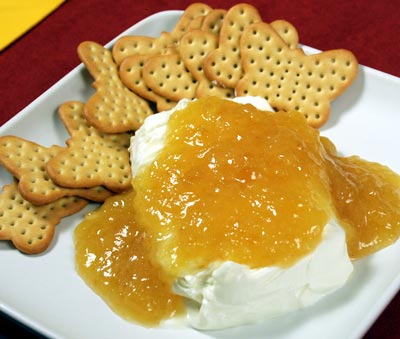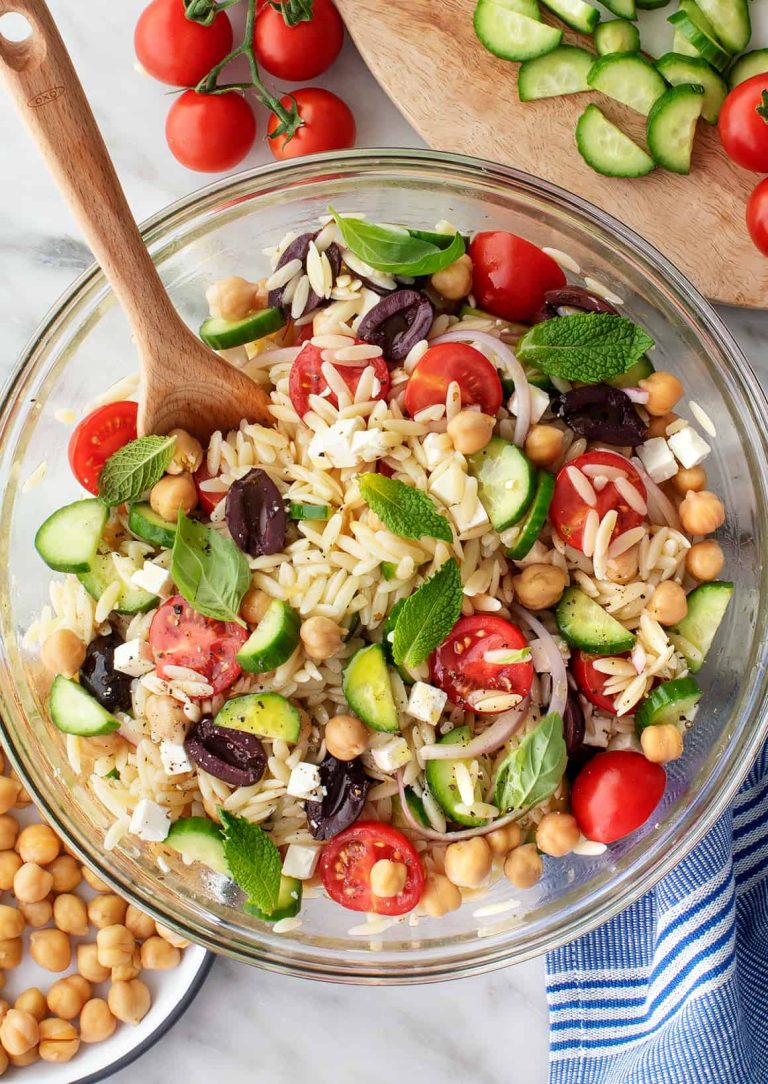Spanish Rice: A Flavorful and Healthy Guide
Authentic Spanish rice, also known as arroz rojo, has distinct qualities. Traditional ingredients include tomatoes, onions, garlic, and rice. The combination creates a rich, savory flavor. Cooking in a good-quality broth enhances the dish’s depth. Saffron or smoked paprika often provides color and aroma. Authentic versions use short-grain rice, like Bomba or Calasparra. The texture should be tender yet firm.
Regional Variations Across Spain
Spanish rice differs regionally. In Valencia, paella rice often features seafood or rabbit. Catalonia pairs rice with vegetables and sausages. In Andalusia, it may include seafood and saffron. Each region adds local ingredients, reflecting Spain’s culinary diversity. These variations offer unique tastes and textures. Explore regional recipes for a broader experience of authentic Spanish rice.
The Basics of Cooking Easy Authentic Spanish Rices
Key Ingredients
For authentic Spanish rice, use specific ingredients. Include Bomba or Calasparra rice, as both absorb flavors well. Tomatoes (fresh or canned) and onions form the base. Garlic provides depth. Chicken or vegetable broth enhances the richness. Saffron or smoked paprika delivers a distinct color and taste. Olive oil is for sautéing. Optional ingredients include bell peppers, peas, and carrots.
- Prepare Ingredients: Dice onions, garlic, and tomatoes. Measure rice and broth.
- Sauté Vegetables: Heat olive oil in a pan. Sauté onions and garlic until translucent. Add diced tomatoes and cook until soft.
- Cook Rice: Add rice to the pan. Stir well to coat grains in the oil.
- Add Broth and Seasonings: Pour broth into the pan. Add saffron or smoked paprika. Mix thoroughly.
- Simmer: Bring to a boil. Reduce heat. Cover and simmer for 15-20 minutes, until rice absorbs all liquid.
- Rest and Serve: Remove from heat. Let it rest, covered, for 5 minutes. Fluff with a fork before serving.
For additional depth, consider adding cooked meat, seafood, or vegetables during the final simmer. Serve your Spanish rice alongside grilled meats or as a main dish with a simple salad.
Pairing and Serving Suggestions
Best Dishes to Complement Spanish Rice
Pair Spanish rice with various traditional Spanish dishes to elevate your meal. Grilled meats, such as marinated chicken or lamb chops, add a rich protein component. Seafood options, like grilled shrimp or calamari, blend well with the flavors of Spanish rice. You can also serve it alongside vegetarian options, such as roasted vegetables or a fresh avocado salad.
Consider classic Spanish fare like paella or tapas. Adding Spanish rice as a side dish to these will create a cohesive dining experience. For lighter meals, pair it with gazpacho or ensalada mixta.
Serving Sizes and Presentation Tips
Serve Spanish rice in a variety of ways to enhance its appeal. For individual portions, use small bowls or ramekins to present a neat and structured look. For family-style dining, present it in a large, shallow serving dish, allowing guests to help themselves.
Garnish with fresh herbs, such as chopped cilantro or parsley, to add a vibrant touch. For added color and flavor, consider topping with pickled onions or a wedge of lemon.
When serving as a main dish, allocate about 1.5 to 2 cups per person. As a side dish, half a cup per person suffices. Adjust portions based on accompanying dishes and the overall menu. This ensures a balanced meal that highlights the Spanish rice without overwhelming it.
Health Benefits and Dietary Considerations
Nutritional Profile of Spanish Rice
Spanish rice offers a balanced mix of macronutrients and essential vitamins. One cup of cooked Spanish rice typically contains around 210 calories, 45 grams of carbohydrates, 4 grams of protein, and 0.5 grams of fat. This dish also provides dietary fiber, with about 2 grams per serving, aiding in digestion and promoting satiety.
Vitamins and minerals in Spanish rice enhance its health benefits. Tomatoes contribute vitamins A and C, essential for immune function and skin health. Onions and garlic add antioxidants and anti-inflammatory properties. If you include bell peppers, peas, or carrots, you’ll boost the vitamin and mineral content further.
Adapting the Recipe for Dietary Restrictions
For gluten-free diets, ensure all ingredients, especially the broth and seasonings, are certified gluten-free. Homemade broth is a safe alternative.
Vegetarian and vegan adaptations are straightforward. Replace chicken broth with vegetable broth or water, and omit any meat-based additives.
To lower the glycemic index, opt for brown rice instead of white. Brown rice retains more fiber and nutrients. Adjust the cooking time, as brown rice takes longer to cook.
Reducing sodium content is possible by using low-sodium broth and limiting added salt. Use herbs and spices like saffron, smoked paprika, and fresh herbs for flavor enhancement.
For those monitoring their fat intake, sauté vegetables in a small amount of olive oil or use a non-stick pan to reduce oil usage. Removing cheese or other fatty ingredients also helps manage fat content.
These adjustments ensure Spanish rice remains a versatile and healthful dish suitable for various dietary needs.
Conclusion
Mastering the art of making authentic Spanish rice is not only rewarding but also opens up a world of culinary possibilities. Whether you’re looking to enjoy a traditional dish or adapt it to meet specific dietary needs, Spanish rice offers a delicious and nutritious option. By using fresh ingredients and following the detailed steps outlined, you can create a flavorful and versatile dish that will surely impress your family and friends. So grab your ingredients and start cooking your way to a taste of Spain right in your own kitchen.






